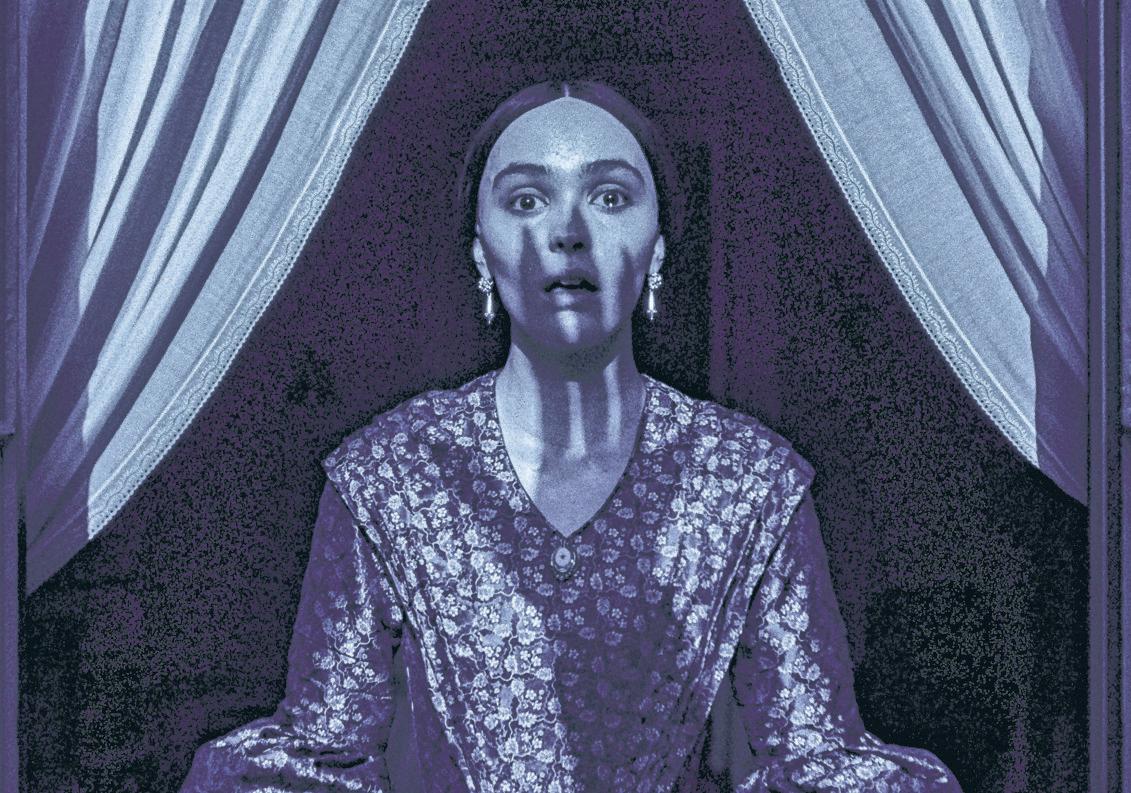
Instead, Count Orlok, the titular vampire played by Bill Skarsgård under heavy prosthetics, appears cloaked in shadow living as an outcast in an isolated Transylvanian castle. When the back of his head is revealed, his flesh is rotting. He dons a thick mustache. There's a grotesqueness to his appearance. His skin looks stretched thin.
Eggers said he wanted to avoid what he called the "Anglo-literary" tradition of the vampire, which often portrays them as dazzling anti-heroes who woo women as much as they bite their necks. Rather than look to other depictions in film and television for inspiration, he rooted his Nosferatu in 18th- and 19th-century Transylvanian folklore and images of aristocrats like Count Nikolaus Esterházy from the surrounding regions.
"These early folk vampires are not pale, seductive aristocrats in dinner jackets but are obviously festering, rotten corpses," Eggers said. The result in his version is a monster that looks like he has crawled out of the grave - yet is still somehow entrancing.
The studio kept images of Orlok close to the chest to heighten the surprise of the reveal, and onscreen, his features are often hidden in darkness.
The film is loosely adapted from the landmark 1922 silent feature "Nosferatu: A Symphony of Horror" and Bram Stoker's novel "Dracula." Eggers, who also directed folklore-influenced horror films like "The Witch" and "The Lighthouse," is known for leveraging history to fuel terror on-screen.
Esta historia es de la edición January 09, 2025 de The Wall Street Journal.
Comience su prueba gratuita de Magzter GOLD de 7 días para acceder a miles de historias premium seleccionadas y a más de 9,000 revistas y periódicos.
Ya eres suscriptor ? Conectar
Esta historia es de la edición January 09, 2025 de The Wall Street Journal.
Comience su prueba gratuita de Magzter GOLD de 7 días para acceder a miles de historias premium seleccionadas y a más de 9,000 revistas y periódicos.
Ya eres suscriptor? Conectar